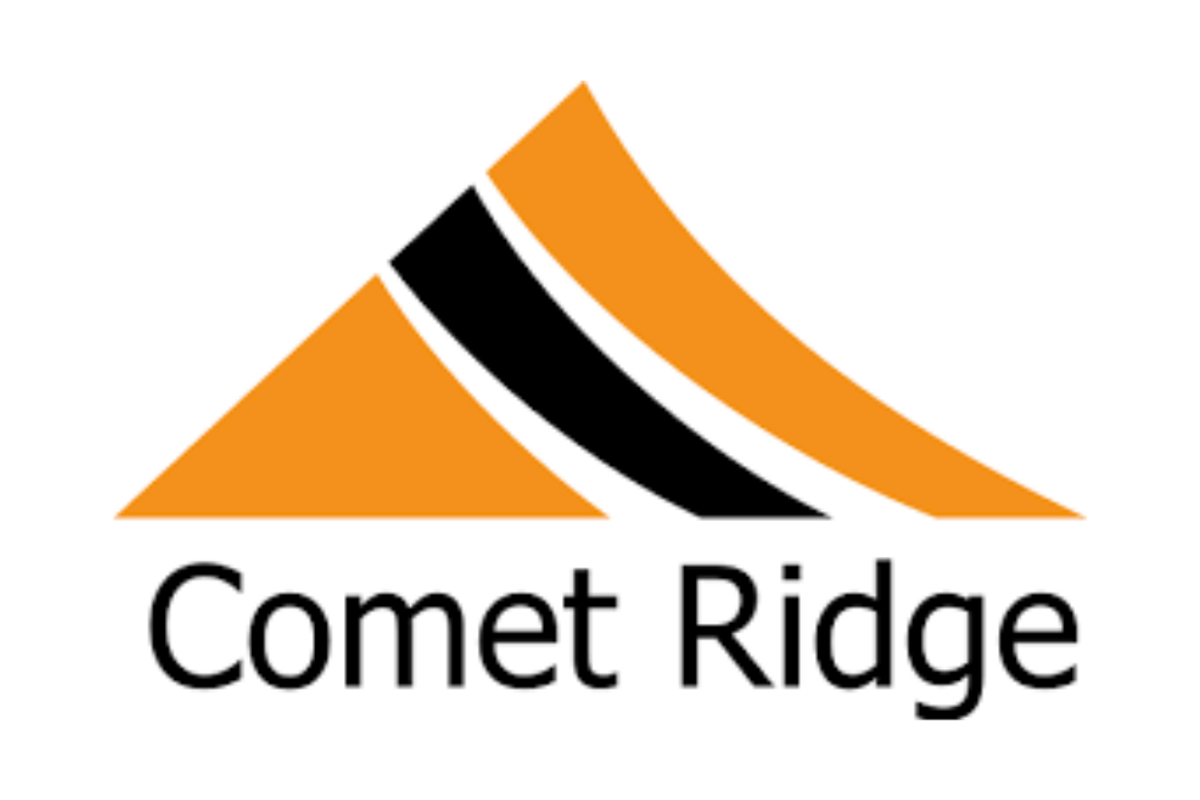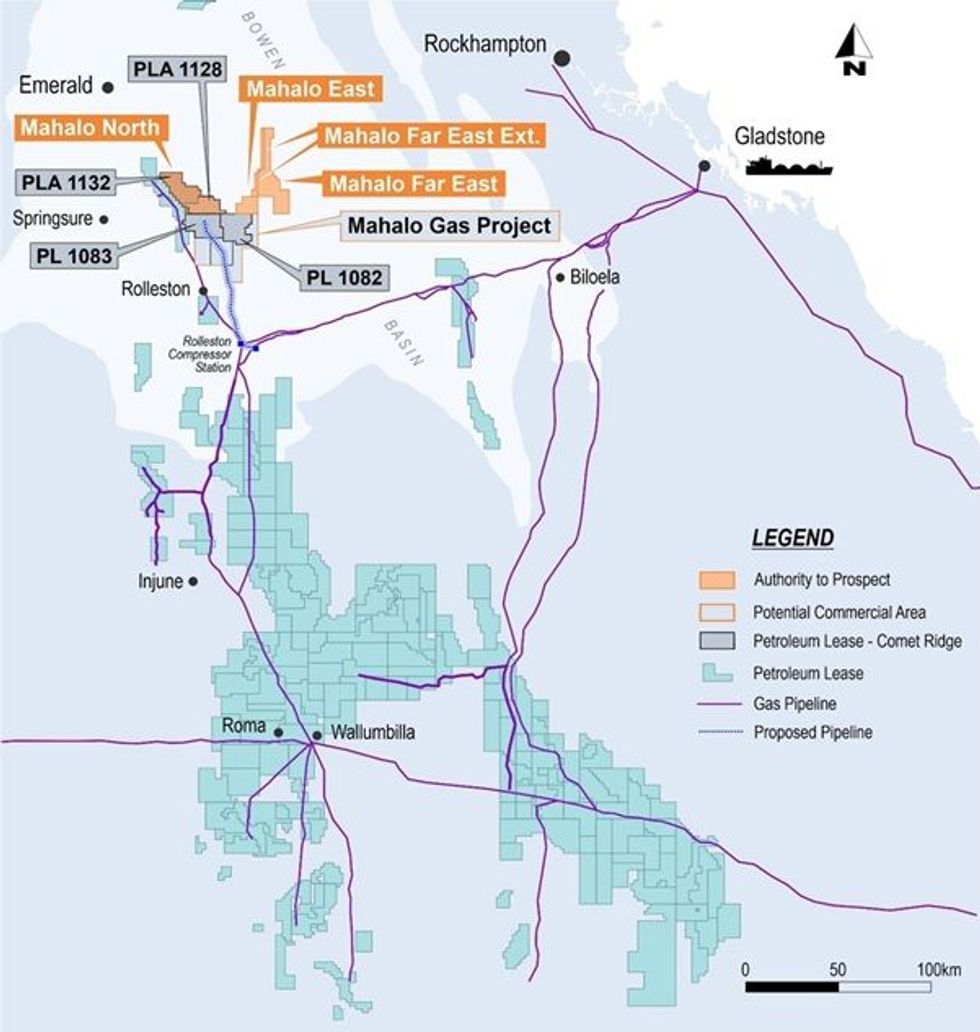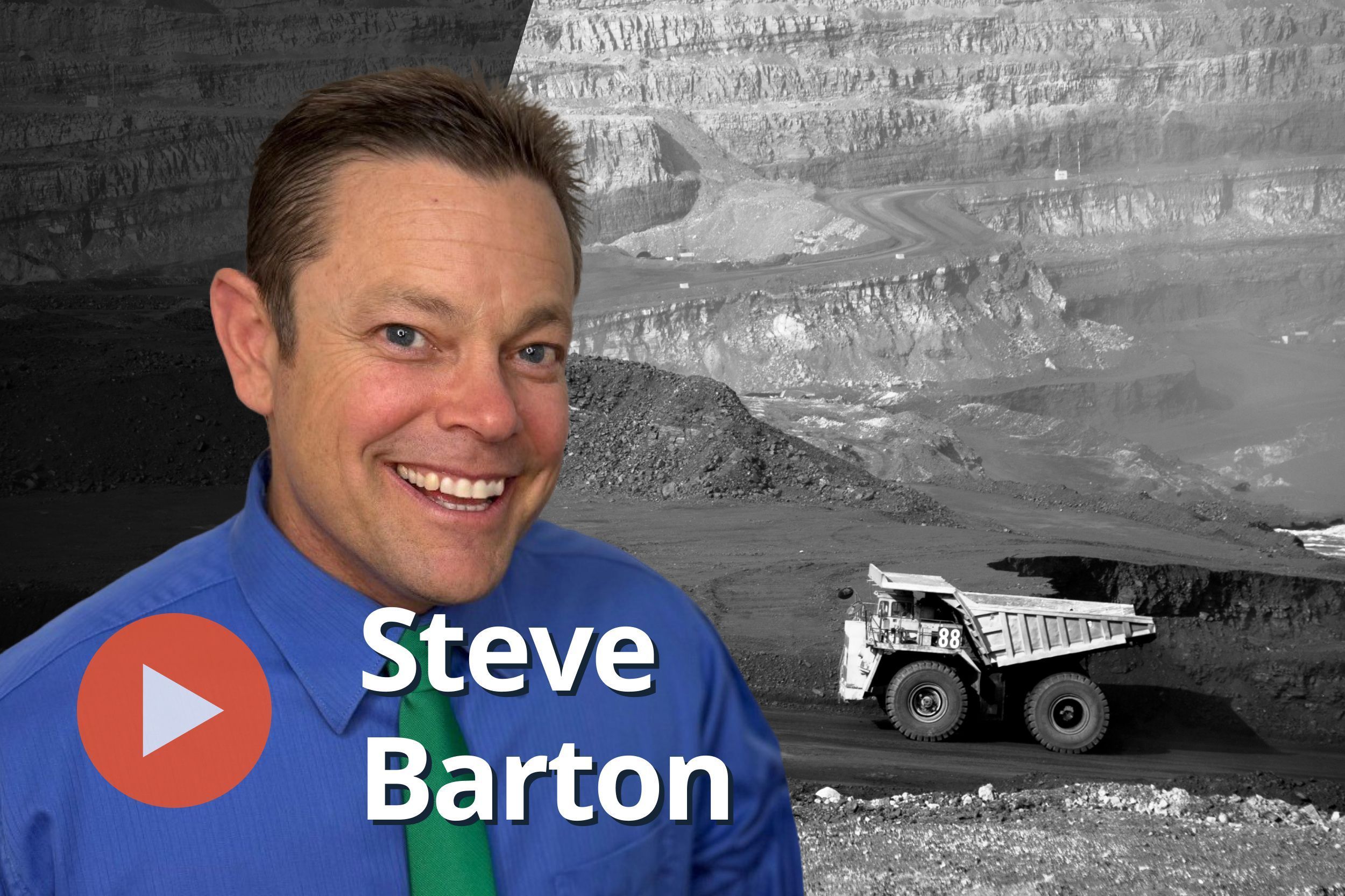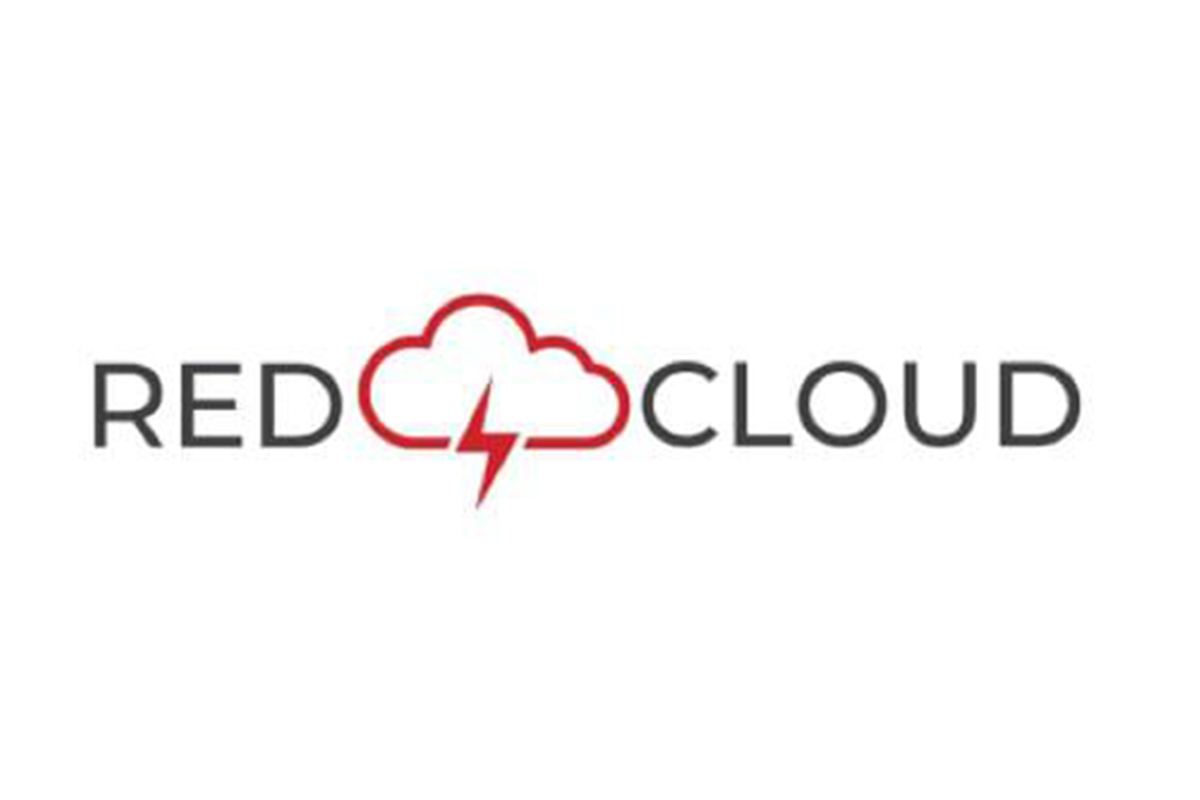
March 24, 2025
Comet Ridge Limited (ASX:COI) is pleased to advise that the Mahalo JV participants (Comet Ridge 57.14% and Santos 42.86%) have executed an agreement with Jemena Queensland Gas Pipeline (1) Pty Ltd and Jemena Queensland Gas Pipeline (2) Pty Ltd (collectively, Jemena) to undertake Front End Engineering Design (FEED) on a new Mahalo Gas Hub Pipeline (MGHP).
Key points:
- The Mahalo Joint Venture has engaged Jemena to undertake Front End Engineering Design (FEED) on the planned Mahalo Gas Hub Pipeline (MGHP) to connect the Mahalo JV Project to the Queensland Gas Pipeline (QGP) and GLNG Pipeline.
- Jemena is currently funding the Pipeline FEED cost.
- The Pipeline FEED will run in parallel to the Mahalo JV Project Upstream FEED (announced 6 Dec 2024).
- Jemena operates a diverse portfolio of energy assets in northern Australia and Australia’s east coast, including the QGP which runs between Wallumbilla and Gladstone in Queensland.
- Jemena may construct the MGHP on a build own and operate basis following completion of FEED and subject to achieving a final investment decision (FID).
- This is a significant step in Comet Ridge’s plans to develop meaningful gas supply to fill the looming supply gap for gas in Australia’s east coast energy market.
The proposed MGHP will be a DN250 (10 inch) Class 900 pipeline, connecting the planned Mahalo JV compression facilities to the Queensland Gas Pipeline (owned and operated by Jemena) and the GLNG Pipeline. It is proposed, subject to FID, the MGHP will connect the Mahalo JV’s gas fields and processing facilities to the gas market hubs of Gladstone and Wallumbilla in Queensland (see Figure 1).
Jemena may construct the MGHP on a build, own and operate basis once Pipeline FEED is completed and subject to the Mahalo JV Project FID. Jemena is currently funding the cost of the Pipeline FEED which is intended to be rolled into the total pipeline construction cost assuming Jemena proceeds with construction of the MGHP.
Comet Ridge Managing Director, Tor McCaul, said: “Commencing Pipeline FEED is an important milestone for the Mahalo JV Project. All workstreams are now being progressed to enable a final investment decision to be reached at Mahalo, which is well positioned to contribute as a near-term solution to the growing strain on east coast gas markets.
“We are especially pleased to commence this relationship with Jemena, a high-quality pipeline operator in Australia that provides regional synergy to Comet Ridge for the transport of gas to key gas market hubs on the east coast.”

About Jemena and the Pipeline FEED
Jemena owns and operates a diverse portfolio of energy assets across northern Australia and Australia's east coast. With more than $12.4 billion worth of major utility infrastructure, Jemena supplies millions of households and businesses with essential services every day. Jemena has more than a century’s experience and expertise in the utilities sector and a strong portfolio of high-quality distribution and transmission assets, with a focus on opportunities for growth and innovation in its operations.
Click here for the full ASX Release
This article includes content from Comet Ridge Limited, licensed for the purpose of publishing on Investing News Australia. This article does not constitute financial product advice. It is your responsibility to perform proper due diligence before acting upon any information provided here. Please refer to our full disclaimer here.
The Conversation (0)
01 December
Australia Minerals Council Blasts EPBC Bill’s Lack of Environment and Mining Balance
“The deal between the Federal Government and the Greens to pass the Environment Protection Reform Bill 2025 and related bills is an inferior and disappointing outcome which fails to strike the right balance between protecting Australia’s unique environment while enabling responsible and... Keep Reading...
28 November
Completion of the Acquisition of the Webbs Consol Silver Project
Rapid Critical Metals Limited (‘Rapid,’ ‘RCM’ or ‘Company’) is pleased to announce that it has completed the acquisition of the Webbs Consol Silver Project (Webbs Consol) in northeast New South Wales, comprising EL 8933 and EL 9454 from Lode Resources Limited (ASX: LDR) (Lode Resources). The... Keep Reading...
19 November
Red Mountain Mining Successfully Lists on the US Stock Market with a Strong Trading Debut Up 36%
Red Mountain Mining Limited (ASX: RMX, US CODE: RMXFF, or “Company”), a Critical Minerals exploration and development company with a growing portfolio in Tier-1 Mining Districts in the United States and Australia, is pleased to announce that RMXFF successfully commenced trading on the OTCQB this... Keep Reading...
18 November
Steve Barton: Mining Stocks — How I Pick Winners, When to Buy and Sell
Steve Barton, host of In It To Win It, shares how he picks mining stocks, running through his initial screening process for companies, as well as the questions he asks CEOs.He also explains how he decides when to buy and when to sell.Don't forget to follow us @INN_Resource for real-time... Keep Reading...
10 November
Lunar Mining Set to Favor Established Miners Over Startups, Analyst Says
As humanity edges closer to mining the moon, industry analysts warn that established mining companies, not venture-backed space startups, may dominate the emerging lunar resource sector. The space mining market, projected to reach US$20 billion by 2035, has attracted significant attention from... Keep Reading...
31 October
Red Cloud Announces Keynote Lineup and Agenda for 2025 Fall Mining Showcase
Red Cloud is excited to announce the agenda and keynote lineup for its annual Fall Mining Showcase, taking place November 4 & 5, 2025 at the Sheraton Centre Toronto Hotel. This flagship event will bring together over 80 mining and exploration companies, along with leading investors, analysts,... Keep Reading...
Latest News
Latest Press Releases
Related News
TOP STOCKS
American Battery4.030.24
Aion Therapeutic0.10-0.01
Cybin Corp2.140.00





